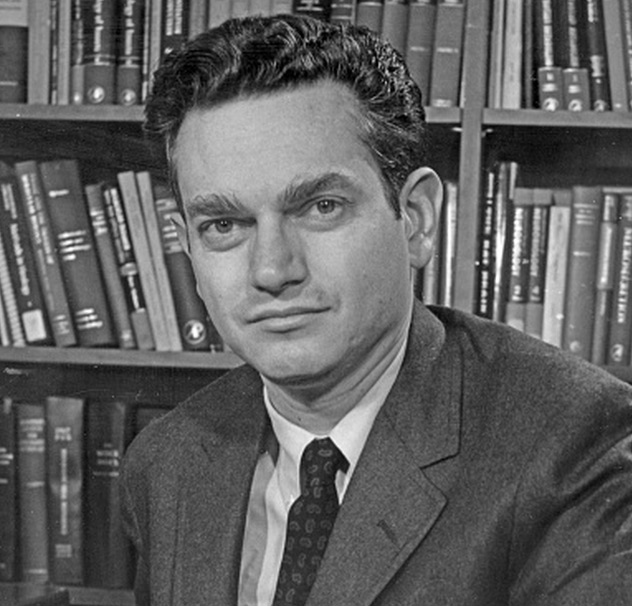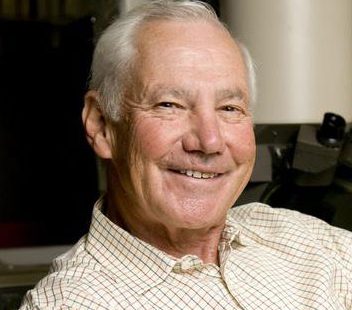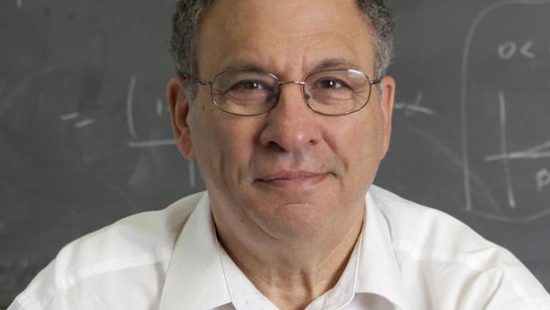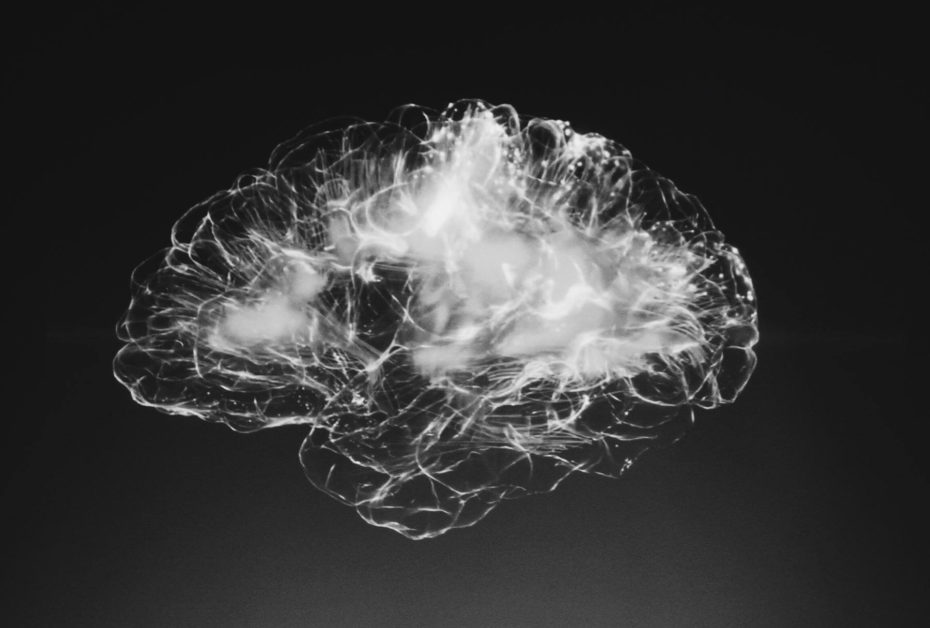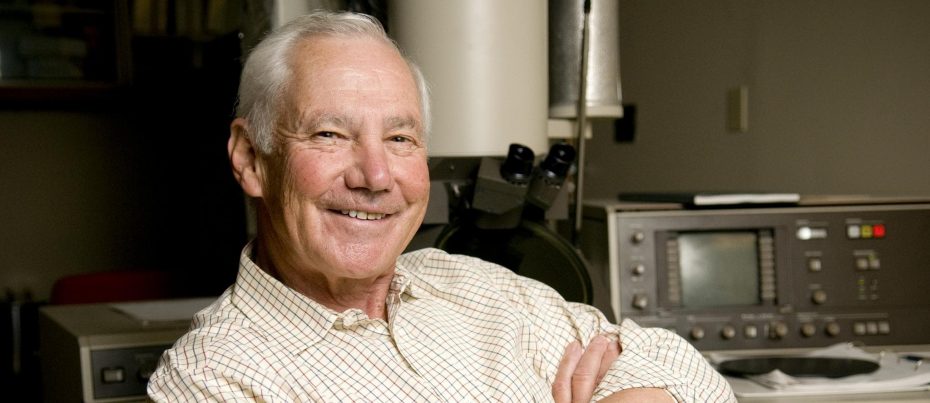Marshall W. Nirenberg filled many notebooks with ideas, a process he likened to tossing darts at a target. In 1958, next to an entry about RNA and protein synthesis, he scribbled a note: “Could crack life’s code!”
It was the bullseye he had been waiting for.
At the age of 34, Nirenberg determined how genetic information in DNA is translated into proteins, which power our bodies’ cells. In his lab, Nirenberg created a cell-free environment that could manufacture proteins using enzymes from crushed bacteria. At 3 a.m. on 1961, he added an RNA codon made of only uracil – a sequence called U-U-U – into the bacteria. The end result was phenylalanine, one of the 20 amino acids found in proteins. “I literally jumped for joy,” Nirenberg told a reporter.
In the years to follow, this discovery would pave the way for other achievements, including the human genome project, which sequenced and mapped all genes in the human species.

